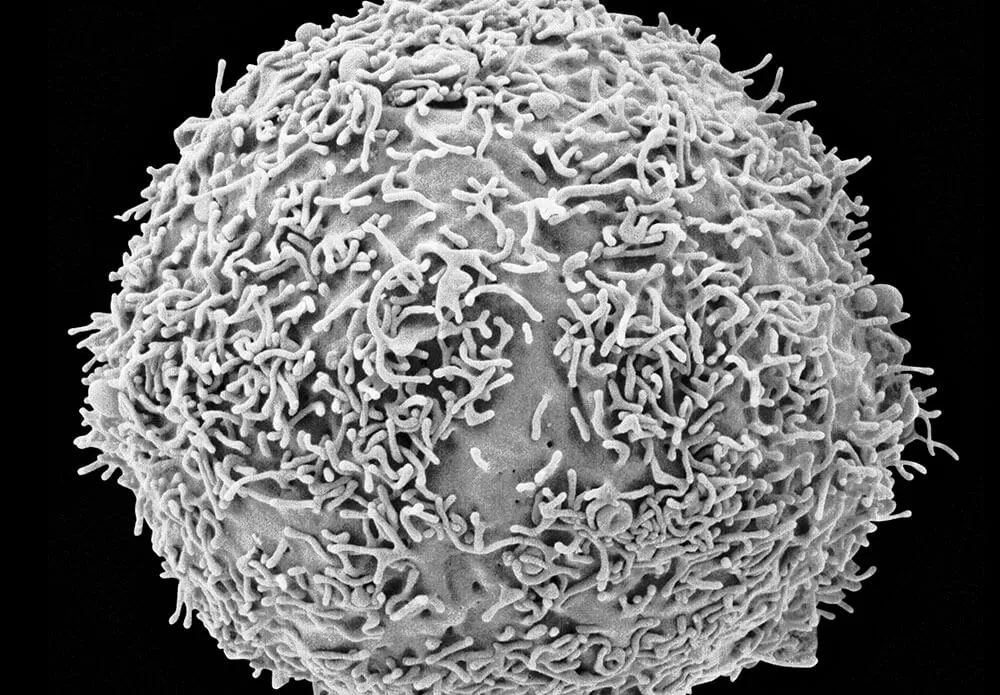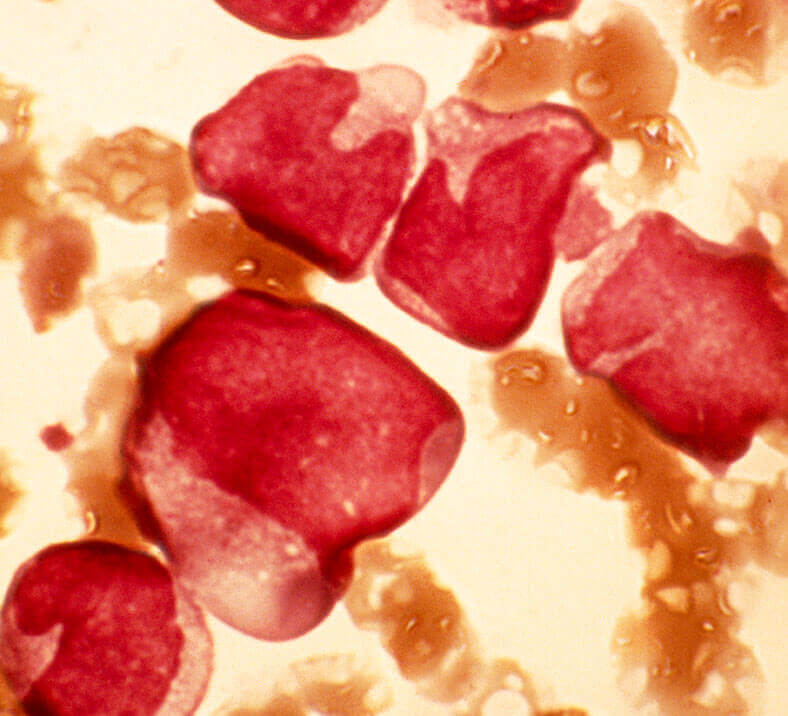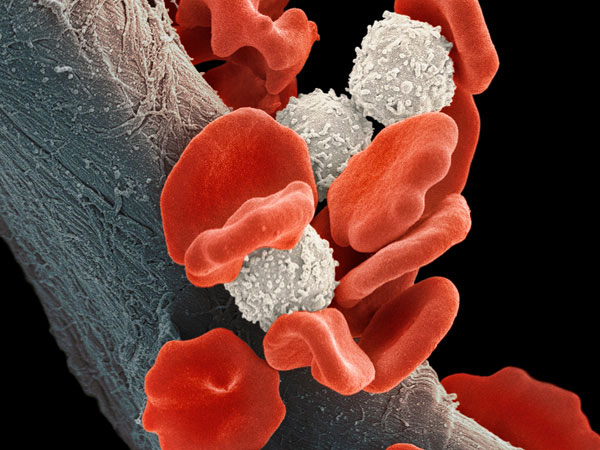Common Misconceptions About Leukemia Explained

More than 62,000 people in the U.S. are diagnosed with Leukemia a year, a severe blood cancer, where the bone marrow produces abnormal cells.
Leukemia, a name derived from the Greek words for “white blood,” is a cancer of the blood cells that begins in the bone marrow, the spongy tissue inside our bones that serves as our body’s blood cell factory. When a patient has leukemia, abnormal immature white blood cells (called blasts) multiply uncontrollably, filling up the bone marrow, and preventing production of other cells important for survival, namely red blood cells and platelets. This leads to infections, anemia and abnormal bleeding. The blasts then spill out of the bone marrow into the bloodstream, the lymph nodes, spleen and brain.
While it’s among the most common cancers diagnosed in the world (an estimated 350,000 cases worldwide in 2012), there are some popular misconceptions about leukemia. Read on to learn more about this complex blood cancer.
1) Leukemia Is Just One Disease
Leukemia is a diverse group of blood cancers that can be divided into four main types, based on the type of white blood cell affected and how quickly it progresses. Normally, the bone marrow produces immature blood cells that can become myeloid stem cells or lymphoid stem cells. Acute leukemia occurs when these bone marrow cells can’t mature properly. With chronic leukemia, the white blood cells can partially mature, but do not fight infection as well as normal white blood cells.
Acute lymphoblastic leukemia (ALL), occurs when too many stem cells become abnormal lymphocytes. These leukemia cells invade the body quickly, spreading to the lymph nodes, liver, spleen and central nervous system (the brain and spinal cord).
Acute myelogenous leukemia (AML) occurs when too many myeloid stem cells become a type of immature blood cell called myeloblasts. In some cases, AML can also cause too many stem cells to become abnormal blood cells or platelets. These blasts crowd out the healthy cells in the bone marrow, and quickly spread to other parts of the body including the lymph nodes, spleen, and brain.
Chronic lymphoblastic leukemia (CLL) starts in the cells that become lymphocytes, but it’s a slow growing cancer, with many people not having symptoms for a few years.
Chronic myeloid leukemia (CML)starts in early myeloid cells and is slower progressing compared to the acute version. It typically affects older adults and rarely affects young children.

2) It’s Only a Childhood Cancer
Even though leukemia is among the most common cancers in children (about 30 percent of all childhood cancers), the disease most often occurs in older adults. Leukemia is most frequently diagnosed among people age 65 to 74, according to the National Cancer Institute. The prevalence of different types of leukemia varies by age groups:
Acute lymphoblastic leukemia is the most common type of childhood leukemia.
Acute myeloid leukemia is the most common type of acute leukemia in adults.
Chronic myelogenous leukemia is rare in children and usually occurs in adults.
3) Leukemia Is Incurable
Treatment advances in chronic leukemia have rapidly progressed in recent years. In 2015, the American Society of Clinical Oncology Researchers named new treatments for CLL as the cancer “Advance of the Year.” In the U.S., adults with chronic leukemia have five-year survival rates roughly between 60 and 80 percent.
There is, however, an urgent need for more advanced therapies in the treatment of acute leukemia. Compared to other forms of leukemia, AML patients face the lowest five-year survival rate — approximately 25 percent. For adults with ALL, 80 to 90 percent of patients will have some form of remission, but about half will relapse, with an overall cure rate of 40 percent. For adult patients with relapsed or refractory (unresponsive) ALL, the five-year overall survival rate has been less than 10 percent.
While new treatments take time, researchers are making important steps forward in developing new therapies for acute leukemia. In 2015, there were more than 106 leukemia treatments in development, as scientists push the envelope to target cancer at the cellular and molecular level. Chemotherapy is the major treatment for leukemia, but biological and targeted therapies and stem cell transplants are also used.






